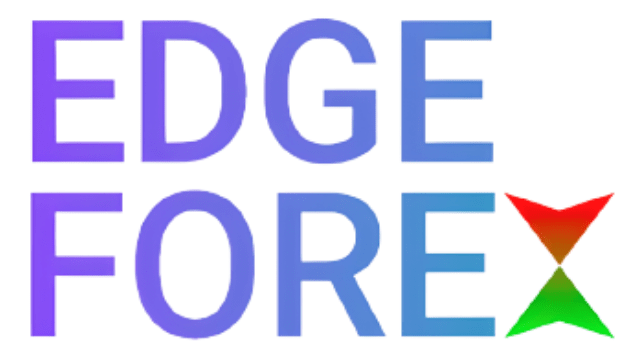Introduction
When it comes to forex training, individuals have the option to choose between online courses and traditional classroom-based learning. Both approaches have their own strengths and considerations. In this blog post, we will explore the effectiveness of online forex training and traditional learning, helping you make an informed decision about the learning method that suits you best.
1. Flexibility and Convenience
1.1 Online Forex Training
One of the key advantages of online forex training is the flexibility it offers. Online courses allow learners to access educational materials at their own convenience, from anywhere with an internet connection. This flexibility makes it easier for individuals with busy schedules or other commitments to pursue forex education without the constraints of fixed class times or locations.
1.2 Traditional Learning
Traditional learning, on the other hand, follows a structured schedule and requires learners to attend classes at specific locations. This lack of flexibility may be a disadvantage for individuals with limited availability or those who prefer to learn at their own pace.
2. Learning Experience and Engagement
2.1 Online Forex Training
Online forex training often incorporates interactive elements such as video tutorials, quizzes, and discussion forums. These features help learners engage with the material and reinforce their understanding. Additionally, online platforms may provide access to a wide range of resources, including live webinars and recorded sessions, enhancing the learning experience.
2.2 Traditional Learning
Traditional learning offers face-to-face interaction with instructors and peers. This direct engagement allows for immediate feedback, real-time discussions, and the opportunity to ask questions on the spot. The personal touch of traditional learning can enhance the overall learning experience, especially for individuals who thrive in a classroom environment.
3. Access to Resources and Support
3.1 Online Forex Training
Online forex training provides learners with access to a wealth of resources, including e-books, video tutorials, and online communities. Learners can benefit from self-paced learning, review materials at their convenience, and seek support through various channels such as email or chat-based communication. Online platforms often offer comprehensive support to guide learners throughout their educational journey.
3.2 Traditional Learning
In a traditional learning environment, learners have immediate access to instructors and can receive face-to-face support. However, the availability of resources may be limited compared to online training. Learners relying solely on traditional learning may need to supplement their education with external resources to enhance their understanding of complex forex concepts.
Conclusion
The effectiveness of online forex training versus traditional learning depends on individual preferences, learning styles, and specific circumstances. Online training offers flexibility, convenience, and access to a wide range of resources, while traditional learning provides face-to-face interaction and a structured learning environment. To determine which method is more effective for you, consider your schedule, learning style, need for flexibility, and access to resources. Ultimately, choosing the right approach will help you achieve your forex trading goals and maximize your learning experience.

